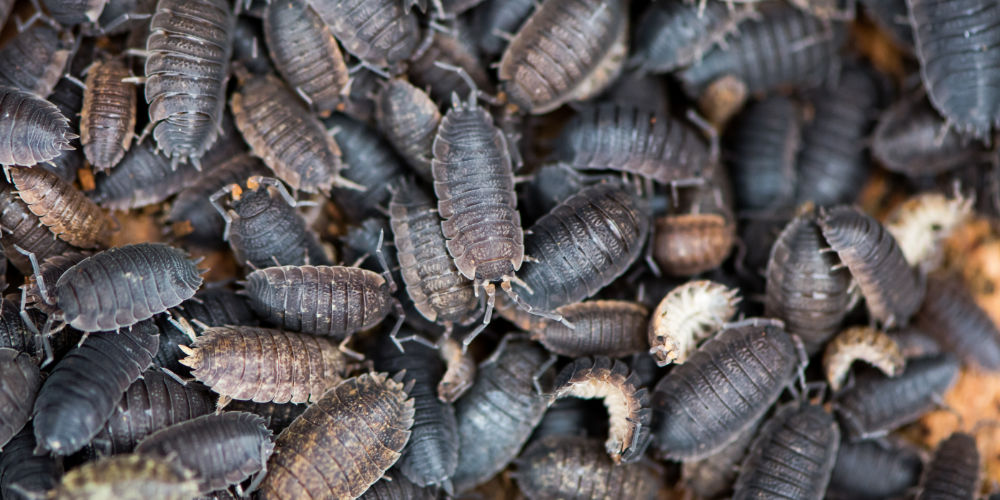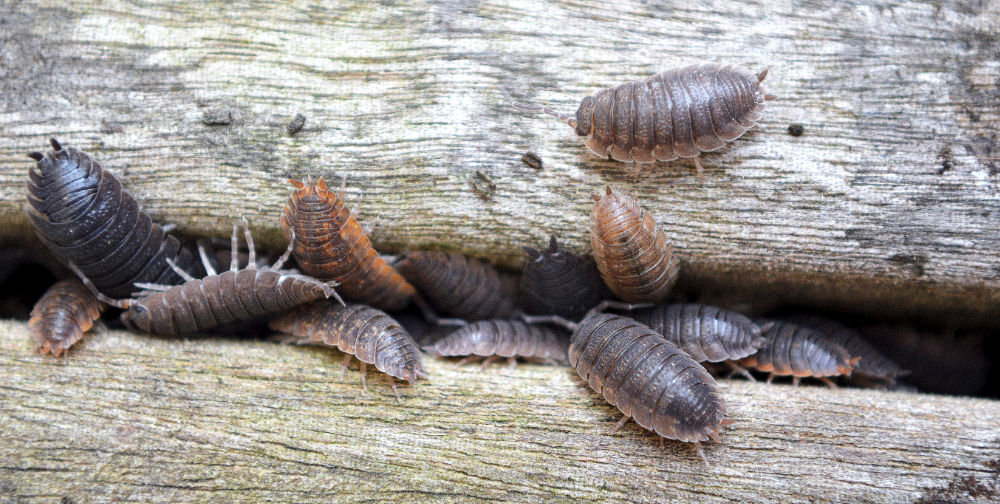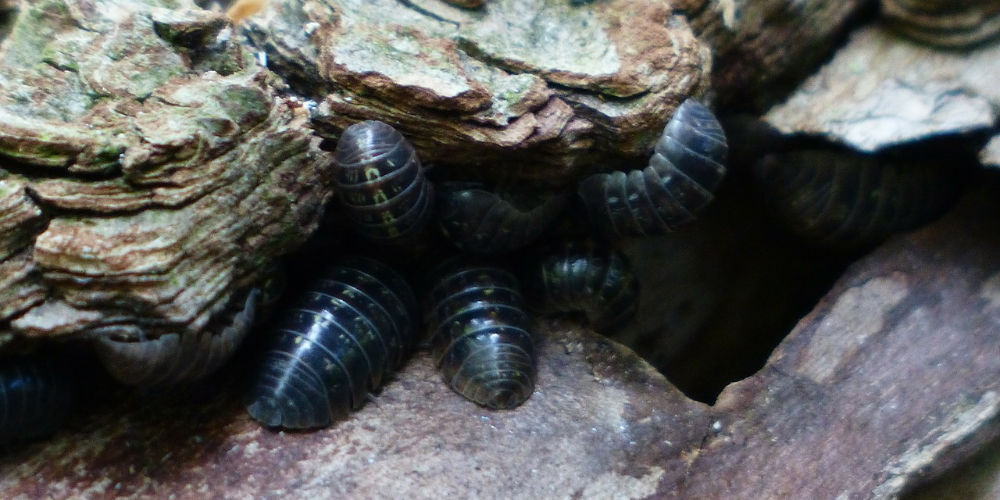How to Prevent and Get Rid Of Woodlice In the House

Woodlice are a common household nuisance in the UK. In small numbers, they don’t pose much of a problem, but a woodlice infestation can become difficult to handle and hard to stop. While woodlice won’t pose much of a risk to your health, an infestation is not a pleasant thing to deal with; this article will help you understand why woodlice are appearing in your home, as well as how you can prevent an infestation from occurring.
What do woodlice look like?

Woodlice (‘Pill Bugs’ in the United States, and ‘Slater Bugs’ in New Zealand) come in a variety of species in the UK. The common woodlice is a small and oval-shaped crustacean. They usually measure no larger than 15mm, and their brown/grey coloured exoskeletons are distinctive thanks to the numerous horizontal ridges running along them — as well as their protruding antenna.
How do woodlice enter the home?
Commonly, you’ll find woodlice in the garden instead of inside the home — they usually live under rocks and stone, in the cold, dark soil. However, they can seek refuge indoors, finding a place to call home under certain conditions — although when you see singular woodlice wandering indoors, it’s likely that they’ve entered the house by accident.
Woodlice thrive in moist conditions, so they don’t usually survive long inside thanks to our tendency to maintain a dry, warm indoor environment. If they do seem to be taking root in your home, it could be indicative of an underlying damp problem.
When a woodlice infestation strikes, solving it will require looking both inside and outside of the home.
Signs of a woodlice infestation

Woodlice are not overbearing creatures, and the signs of an infestation may be difficult to spot; in fact, you may not be aware of an issue until you see multiple woodlice wandering through your home.
They can cause superficial damage to wooden objects — including pieces of furniture, wooden floors, beams etc. — and will congregate in dark, damp areas of the home. In the garden, woodlice will feed on decaying leaves and the like; they won’t cause much harm or distress to healthy plants, and will actually be helping you out by removing detritus from window boxes and bedding areas.
Of course, having a swarm of woodlice in the bathroom, attic or basement is not something you should just put up with. Seeing woodlice in the upper areas of the property could be a sign of an infestation developing in the guttering, so you may need to have this investigated and treated by a pest control engineer to eliminate the issue.
Are woodlice harmful?
Woodlice are harmless creatures, and don’t present any health risks to humans. As mentioned, they may cause superficial damage to wooden upholstery, but woodlice are otherwise benign.
How to get rid of woodlice in the house
Getting rid of woodlice before an infestation is very simple; you can simply vacuum up woodlice as and when you see them. However, if they have settled in damp or humid areas — or you’re seeing them all over the place — then you need to take more drastic measures and call in a pest control expert.
How to stop woodlice coming indoors

Woodlice will, more often than not, stay outside. But the sheer number of woodlice in any garden means that there is always the potential for stray woodlice to come inside. This chance is made even higher if your property suffered from damp issues, or the gutters are regularly blocked.
Preventing woodlice from getting inside is the best way to eliminate the chance of infestation, and that will often mean ensuring your home is free from damp, mould and mildew. Cleaning your gutters and identifying common entry points — then blocking them as best you can — should put a stop to infestation.
If you are dealing with a woodlice infestation, the pest control engineers at Pest Defence will be able to offer specific preventive advice to help you learn how to deter woodlice in the future — as well as implementing effective woodlice control measures to remove an existing infestation.
General woodlice FAQs
How long do woodlice live?
The average lifespan of a woodlouse is 2 years — although some can live up to 4 years in ideal conditions.
What do woodlice do?

To the surprise of many, woodlice perform an important duty in their natural ecosystems. They will eat decaying matter — such as dead leaves, detritus, fallen fruit and even animal droppings. They will leave living plants — and humans — alone, which is why they are not deemed as harmful pests.
How many legs does a woodlouse have?
A woodlouse has fourteen legs.
Is a woodlouse an insect?
No, this is a popular misconception; woodlice are, in fact, crustaceans!
What do woodlice eat?
Woodlice feed on rotting wood, mildew and decaying matter/plant life. In the home, they may feed on damp wood and mould, while in the garden, they will feed on any decaying or rotting natural matter.
If you’re having trouble with woodlice in or around your home, the professional team at Pest Defence is on hand to help. We provide effective pest control services to remove woodlice infestations from your home, as well as helping you to prevent infestations from happening again in the future. To find out more or to book an appointment with us, get in touch with our friendly team today.


